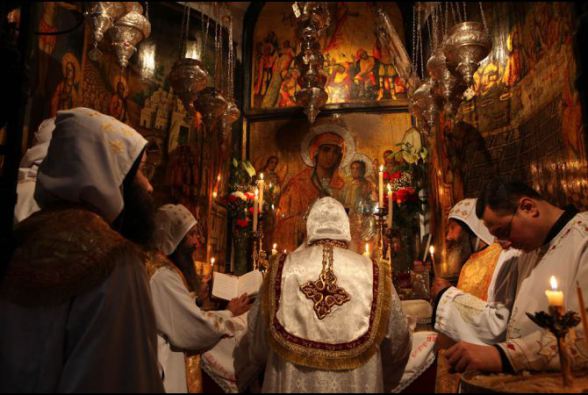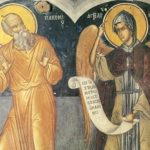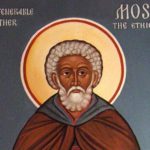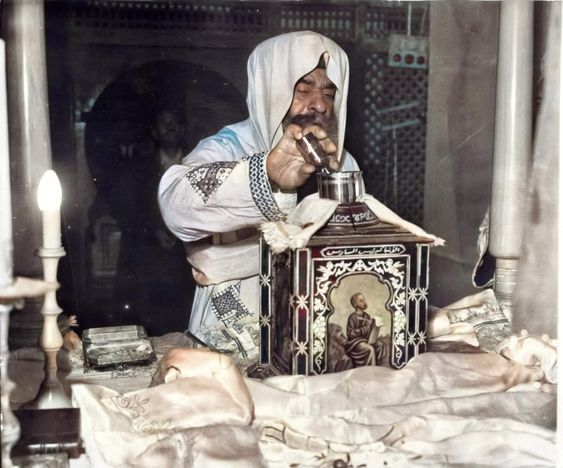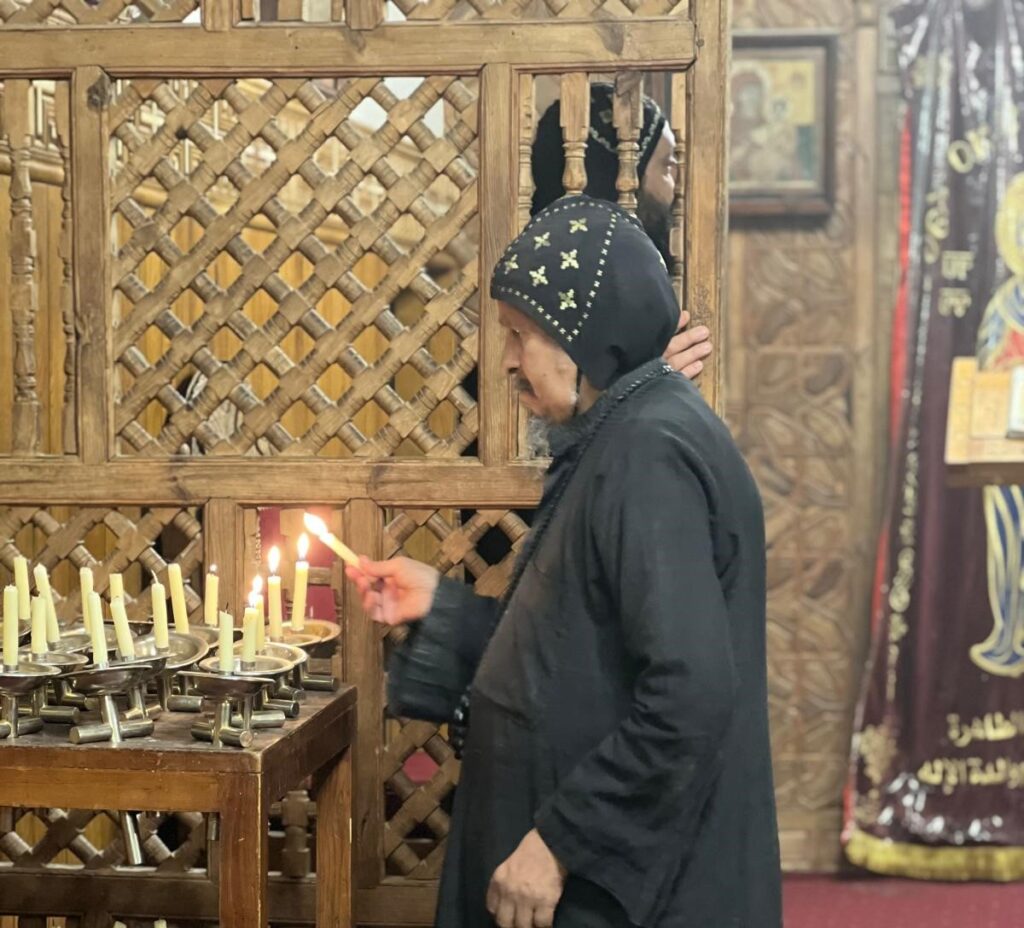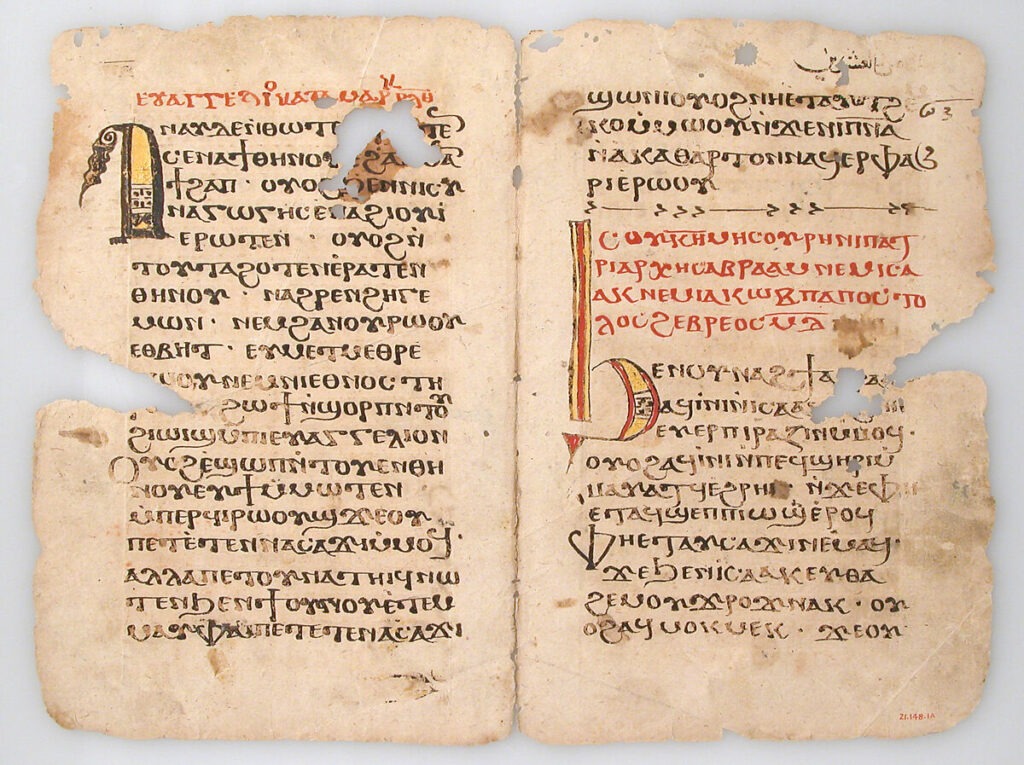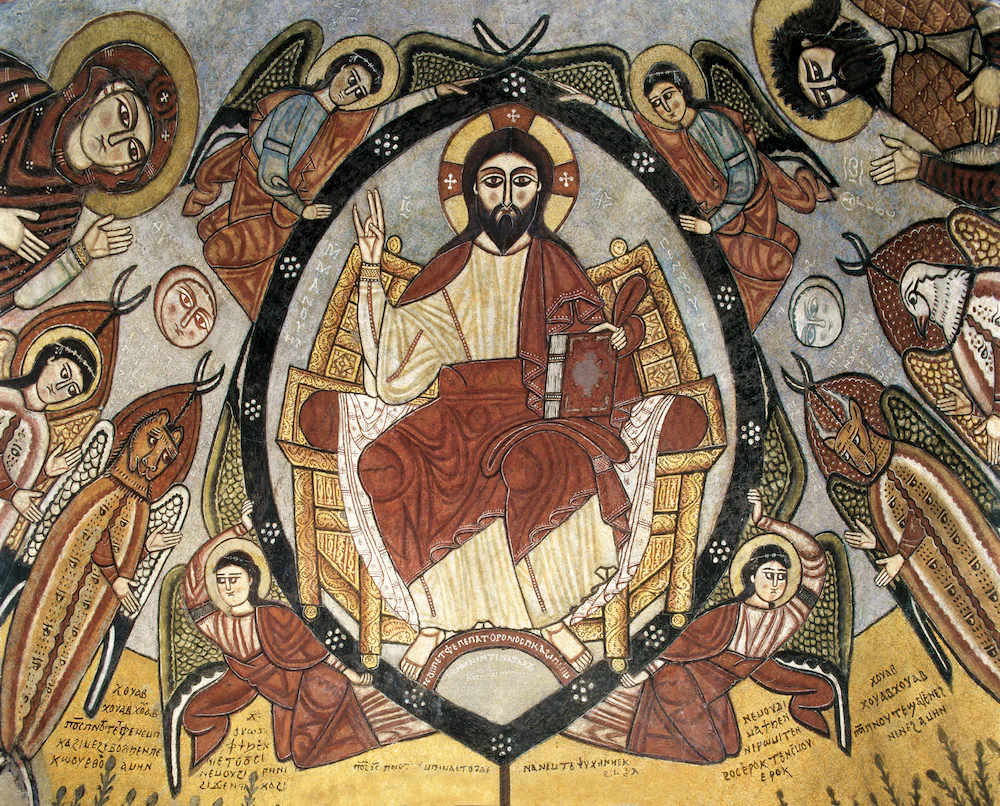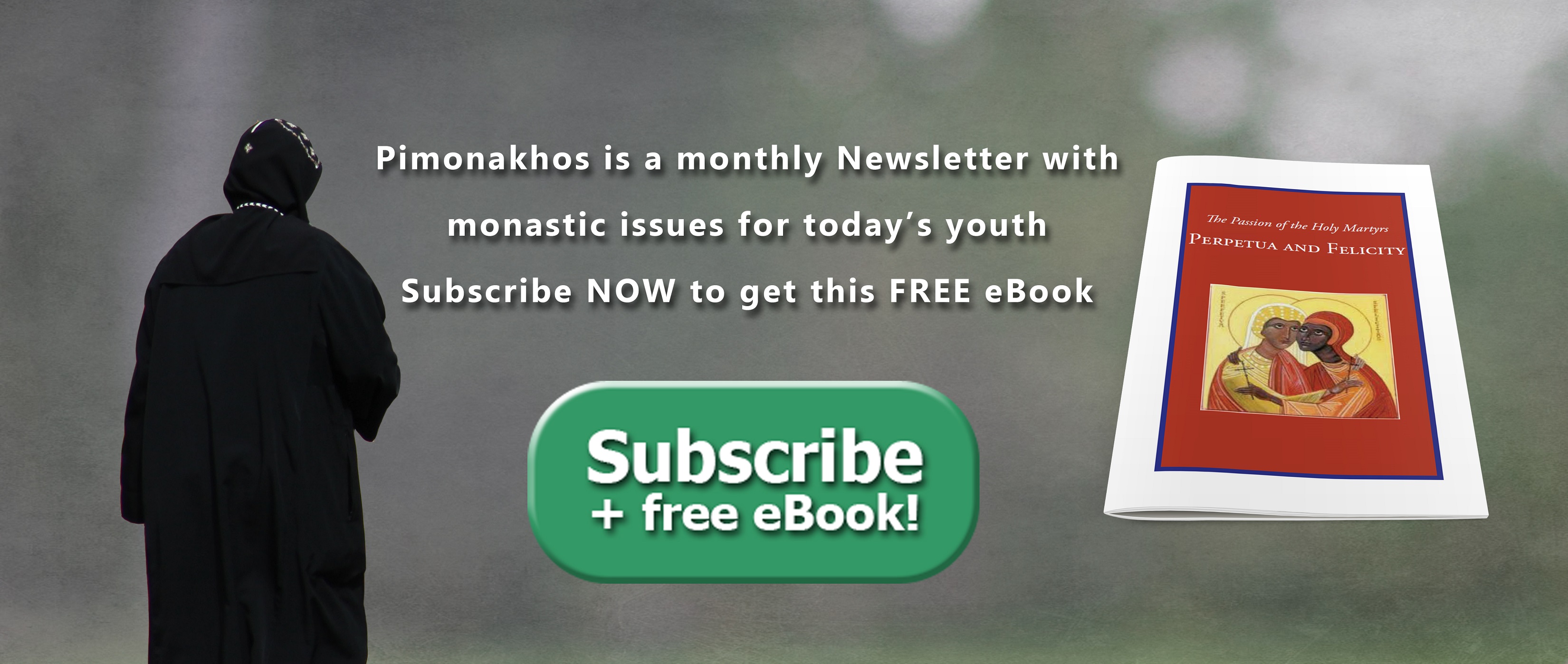Spiritual Life in the monastery according to St Pachomius The monastic foundation by Pachomius was primarily a spiritual one, and if it was to be successful, then the spiritual life of each monk was of paramount importance. He attempted to ensure this in three ways. Firstly by legislation, which would not only protect the spiritual …
Spiritual Life in the monastery according to St Pachomius
The monastic foundation by Pachomius was primarily a spiritual one, and if it was to be successful, then the spiritual life of each monk was of paramount importance. He attempted to ensure this in three ways. Firstly by legislation, which would not only protect the spiritual practices of the monks, but would also ensure that they paid particular attention to their temporal duties. Secondly, by insisting that the Scriptures should be read each day then discussed and memorized, as they were the word of God (the breath of God). Thirdly, by establishing a regulated liturgical life for his monks, he was able to ensure their participation in a communal liturgical regimen. He understood the frailties of human nature and decided, if the monks were left to their own devices, they could easily fall into undesirable habits. He felt it necessary to govern the behaviour of all his monks by introducing specific precepts in his rule, particularly in regard to the communal attendance at synaxis and the celebration of the Eucharist.
Pachomian spirituality was essentially based on the Scriptures, and all his teachings, homilies and instructions came from his extensive knowledge of these sacred texts. ‘When he [Pachomius] began to read or write by heart the words of God [the Scriptures], he did not do this in a loose way as many do, but worked over each thing to assemble it all.’ He was required to act as a biblical scholar, as he found it necessary to explain and interpret many of the obscure and difficult passages for his monks: ‘he would interpret for them words of the divine Scriptures, especially the deep and not easily comprehensible ones’. It is difficult to understand how Pachomius, with his minimal education, was able to discuss and really understand obscure scriptural passages, when scholars down the centuries have been unable to do this. Perhaps it could be that, as a true mystic and contemplative, he was able to appreciate the essence of Christ’s teachings.
Pachomius realized the vital importance of establishing a liturgical way of life, which would be suitable for all the Pachomian monks. This was a move away from the anchorite tradition, which concentrated on worshipping God in solitude. Communal prayers became the axis around which Pachomian liturgical life revolved. The celebration of the Eucharist represented the formal side of Pachomian monastic life and was celebrated twice a week or whenever a priest was available. During the feast of the Passover and the Harvest festivals, it was celebrated with a great deal of ceremony, and Pachomius referred to it as ‘the mystery of salvation’. He ‘would go to the village for the celebration of the Eucharist on Saturday evening, while the clergy would come to celebrate it for them at the monastery on Sunday morning’. While Pachomius stressed the importance of communal prayer, he also encouraged his monks to undertake hours of private prayer as a means of drawing closer to God. Theodore appreciated this two pronged approach to prayer and claimed:
‘It is through our contact with such a righteous man [Pachomius] that we learnt the will of God even in such details as the manner of stretching our hands upward to the Lord and how we should pray to God’.
From: Pachomius as Discovered in the Worlds of Fourth Century Christian Egypt, Pachomian Literature and Pachomian Monasticism: A Figure of History or Hagiography?
By: James M. Drayton

